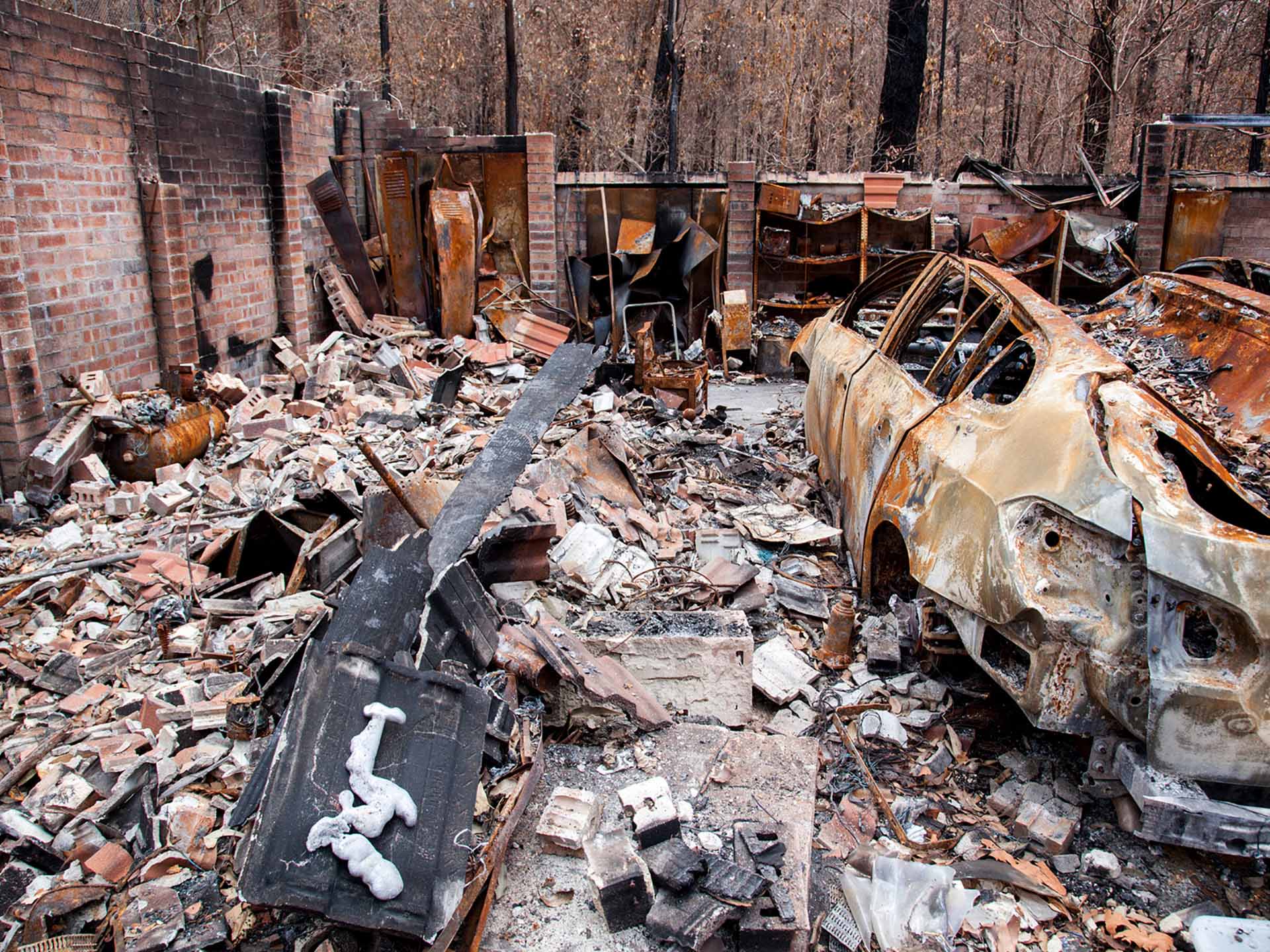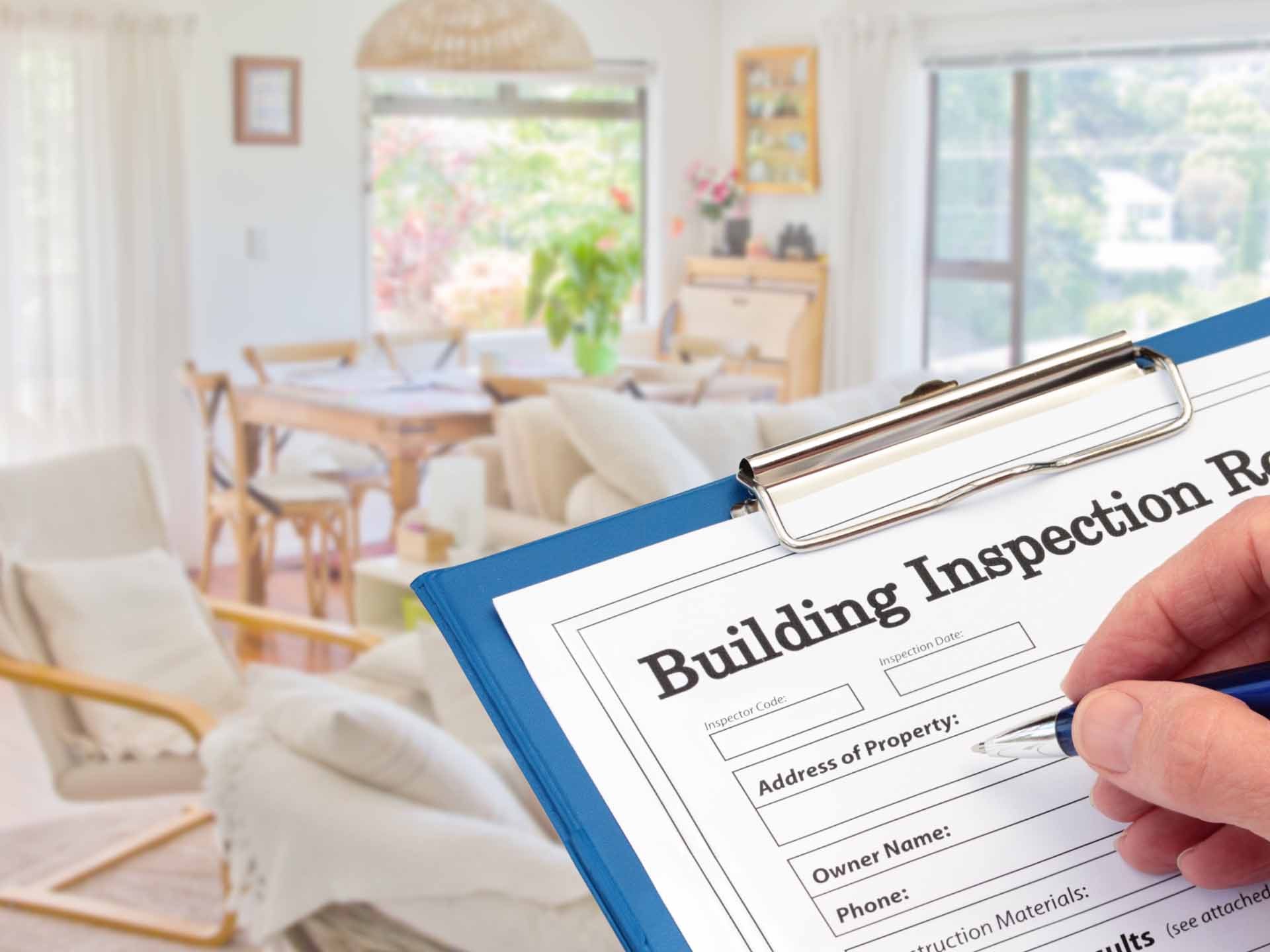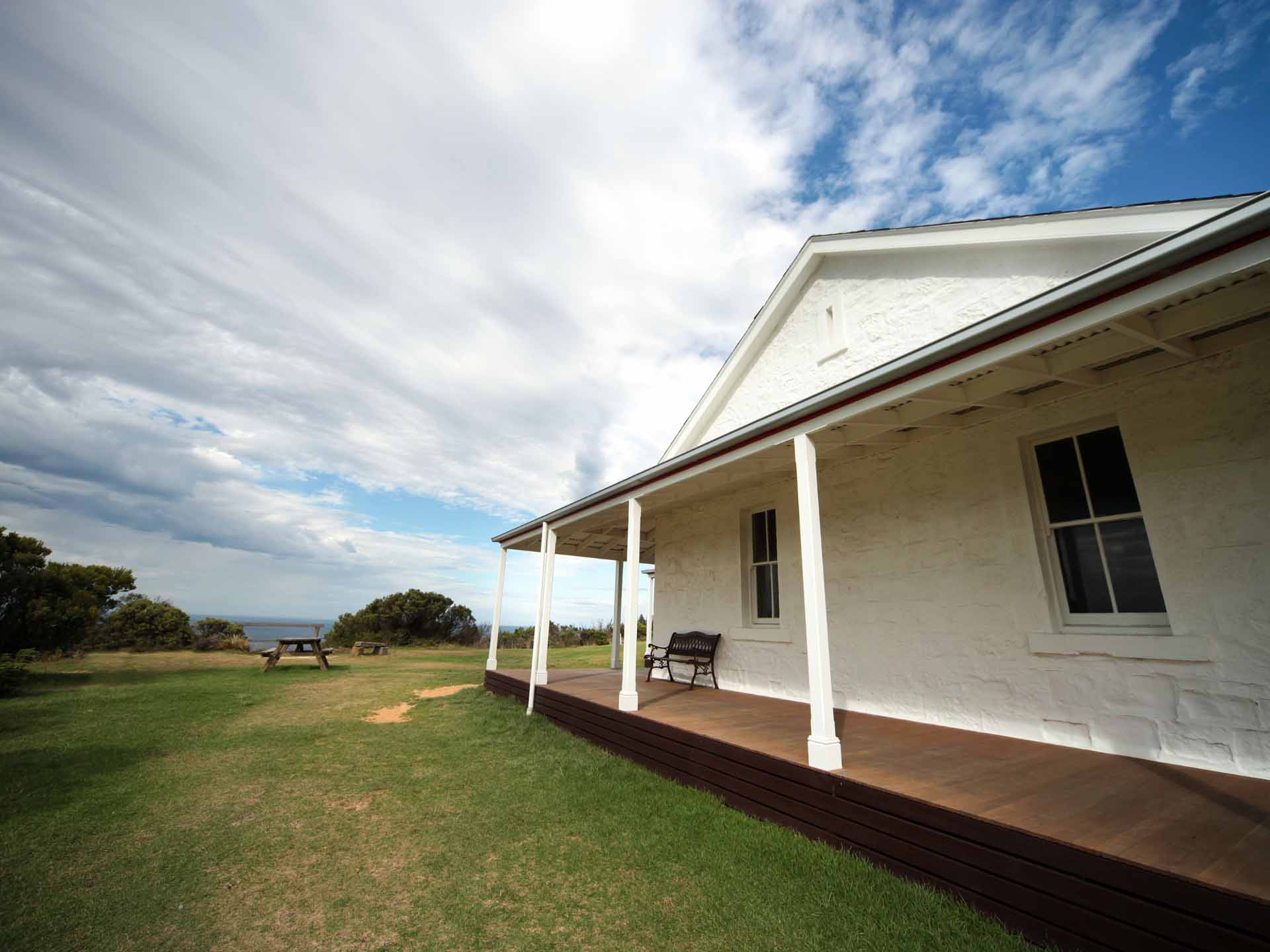Be on the lookout for termites, homeowners warned

South Australian homeowners are being urged to be vigilant to termite attacks and damage with the effectiveness of the prevalent chemical termite treatments lasting between five to seven years.
According to the Association of Building Consultants homes as little as one year old were susceptible to termite attack if care was not taken to maintain the perimeter termite barrier.
“When building a new home there has always been a requirement to have a perimeter termite treatment in addition to the internal termite barrier under the floor,” Association spokesperson Chris Short said.
“However, once the soil is disturbed, the barrier is not in that location any more and so it becomes an entry point for termites.”
The Association’s warning to homeowners comes 16 years after the more effective organochlorine termiticides were banned, in 1995, and replaced with another group of chemicals, organophosphates and synthetic pyrethroids, which the manufacturers estimated would have an approximate effective life of five to seven years.
Mr Short said that in 2002, seven years after organophosphates and synthetic pyrethroids started being used as termiticides, termite infestations increased in relatively new homes.
“Many of the problems that have arisen with the use of these new chemical barrier systems are to do with the fact that they have limited repellence to termites, compared with organochlorines, which are exceptionally repellent to termites,” he said. “Termites sense the chemical’s presence before they even get close to a house.
“Conversely, termites come right up to buildings that have been treated with the new batch of chemicals, and if there’s a weak point the termites will find it.”
Typical weak spots might include the installation of a garden close to the building, and repairs to plumbing and similar external services.
As a result of the increase in termite attacks between 1999 and 2002, building rules changed so that more of the upper part of the perimeter concrete footing was visible, allowing homeowners and inspectors to easily identify termite strikes.
“Concrete slab construction is quite an effective barrier against termites, but when you get to the edge of the slab, the perimeter, that’s the first weakness,” Mr Short said.
“Termites travel in little tunnels made out of mud designed to keep termites moist and protect them from ultraviolet light. Even when termites are burrowing through timber in the dark inside a house, they’ll always build a tunnel of mud around them.
“So, if you see a little tunnel or tube of mud in your home – but particularly on the outside of the house near the footings – it could be termites and it would pay to have the area inspected more closely by a professional.
“We are now beginning to see a ‘second wave’ of termite attacks and, given the shortcomings with some of today’s chemicals, it’s critical that homeowners understand the importance of establishing and maintaining perimeter termite barriers.”
Mr Short said it was critical for property buyers to obtain pre-purchase inspections, particularly given termite damage was not covered by Australian insurers.
The Association of Building Consultants is the leading South Australian membership organisation for independent building consultants.


.png)






